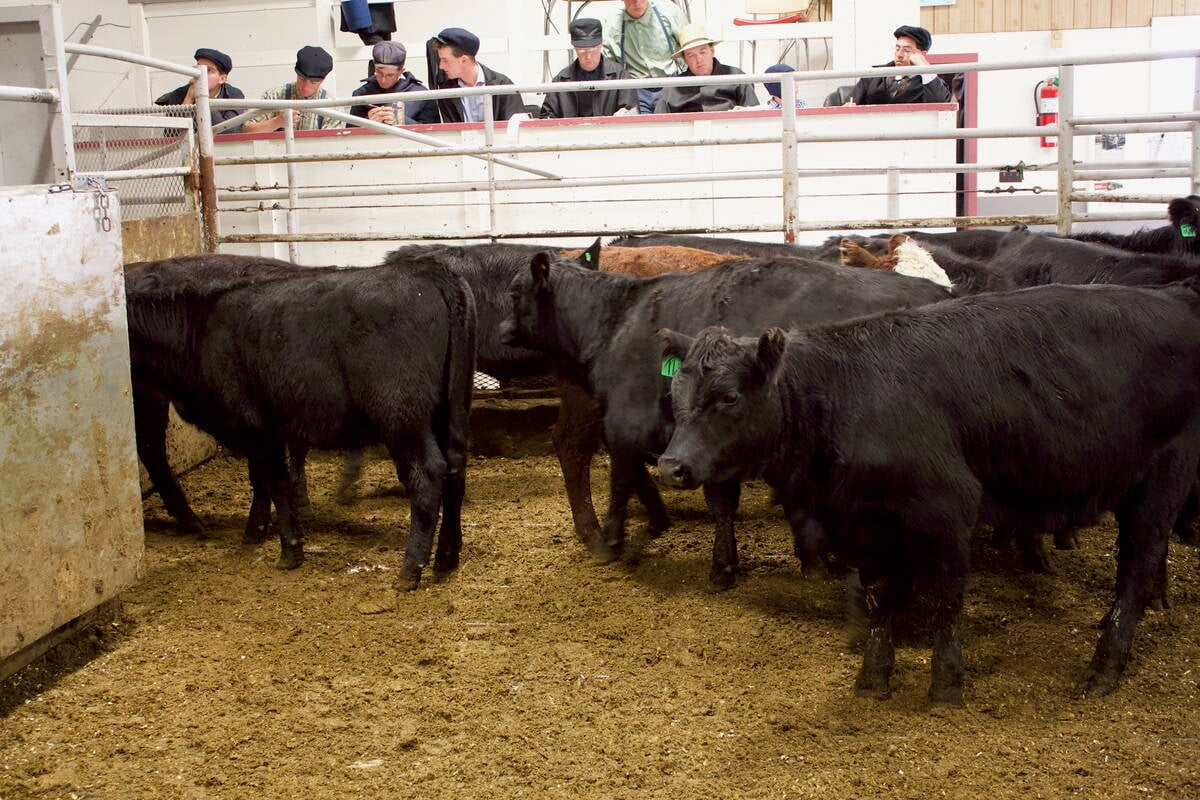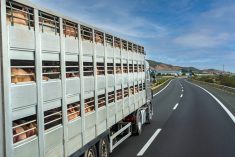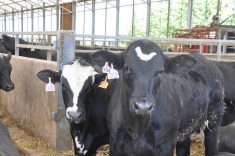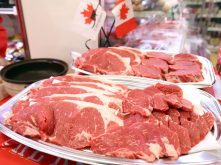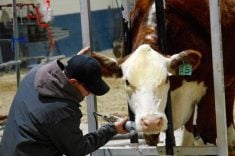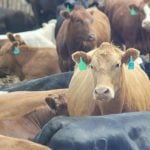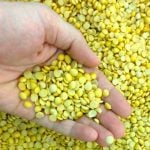It’s been good times in the market for Manitoba’s cow-calf dominant beef sector over the last few years, but there are still worries for the future bubbling under the surface.
Cattle prices have been high enough to raise eyebrows, and demand has been relatively steady, but the same farmers raking in revenue from the auction ring also know that things that go up eventually come down, and there are plenty of underlying issues — from rising input costs and trade uncertainty, to disease risks and volatile weather — that could add momentum to the tumble.
WHY IT MATTERS: Manitoba’s cattle producers are undoubtedly happy that their cattle are worth more, but past bad times add an element of caution to the optimism.
Read Also
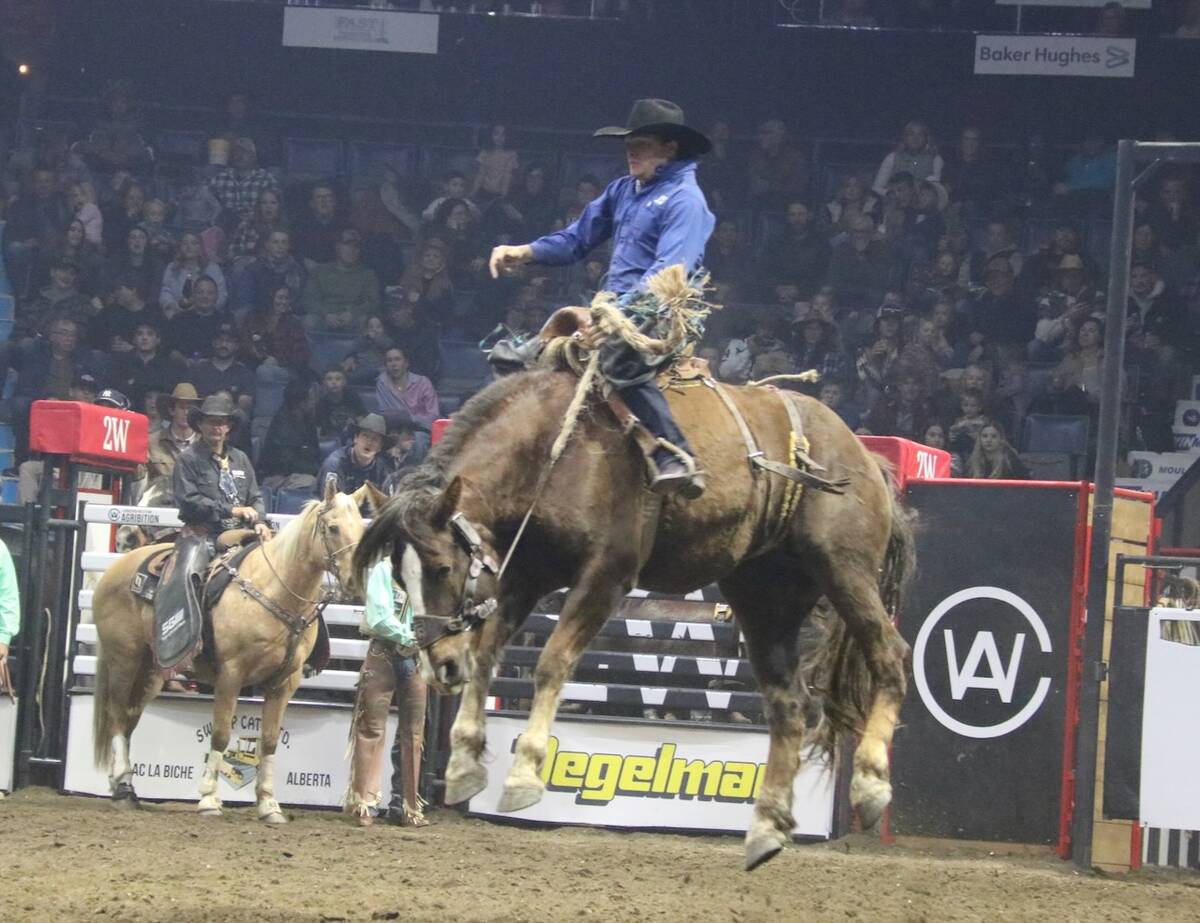
Agribition kicks off in Regina
Canadian Western Agribition 2025 is full tilt in Regina with burning of the brand and new family event on the schedule
“We’re seeing a high demand for Canadian beef,” said Manitoba Beef Producers general manager Carson Callum at a recent fall district meeting.
That demand was evident at Manitoba auction marts in late October. Lighter feeder cattle commanded premium prices, feedlots being hungry for animals with maximum growth potential ahead of them. Steers in the 300-400 pound range topped sales at $7.40 to over $10 per hundredweight at some locations, while heavier animals over 1,000 pounds brought $3.80-$4.45 per hundredweight.
Future questions
While strong global markets and a tight supply have let farmers pad their incoming cash, producers remain cautious about what that means for the industry.
Favourable markets would typically be rationale for producers to lean into cattle, but industry says that isn’t the trend they’ve seen. Manitoba, Canada and the U.S. have all seen stubbornly diminished cattle herds, and farm groups like the Manitoba Beef Producers have said some producers have seen the high prices as incentive to exit the business.

“Last time we saw a fairly large increase in price, especially in the cow-calf industry, there was a bit of an exodus. People in that demographic figured, this is the time to sell high and go and retire from the industry,” Callum said.
Whether that will happen again this time around, or cattle producers will double down and invest in their operations, remains to be seen.
Drought pressure and water worries
Weather remains a constant threat, especially when it comes to drought, Callum said.
“Whether that was in the Interlake or in the Westman region or in the northern part of the province, water availability was a pretty big concern,” he said of the year.
MBP pushed for government assistance early in the summer. The province responded with several feed flexibility measures and funding for water development projects. In late July 2025, the federal and Manitoba governments rolled out emergency support for livestock producers hit by drought, mimicking a measure from the 2021 drought where crop insurance appraisals were adjusted to get marginal cereal crops into the feed stream more easily.
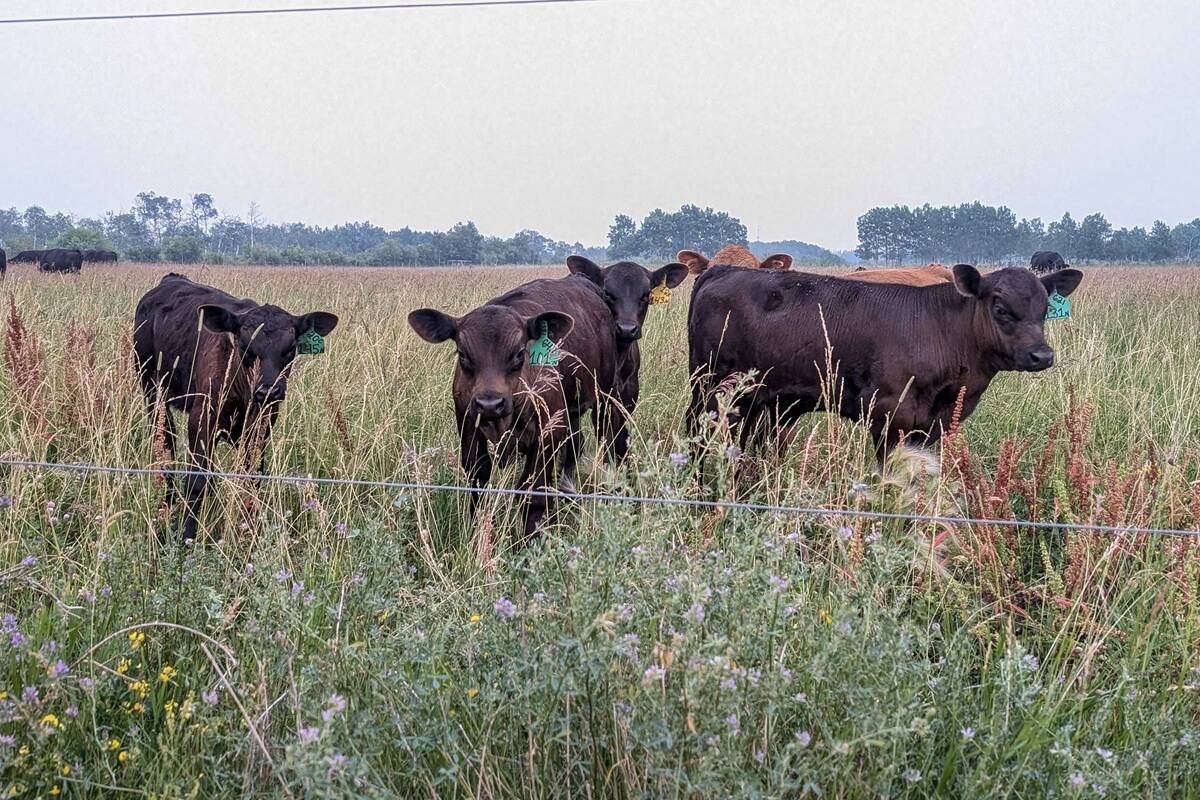
Producers with forage and pasture insurance were allowed to defer premium payments and receive partial payouts, while livestock could graze insured forages after first cut without penalty. MASC also offered loan payment deferrals and financing options for feed purchases, giving farmers short-term relief as dry conditions strained pastures and feed supplies.
“We were happy that, after some advocacy from our organization, the province opened up a special intake for water source development,” Callum said.
That included support for aeration systems in dugouts and feed and water testing, steps meant to help producers manage through patchy drought conditions.
It’s only the sector’s latest brush with dry conditions over the last decade. Serious forage shortages led the sector to also call for aid in 2019 and 2021.
Trade volatility and market protection
Even with strong prices, Callum warned of market volatility tied to trade politics.
“We export 50 per cent of what we produce, and 79 per cent of that 50 per cent goes to the U.S.,” he said. “There is no short-term replacement for the U.S., so we need to have an open and free trade market with them.”
The renegotiation of the Canadian-United States-Mexico Agreement (CUSMA) could reignite old trade irritants such as mandatory country-of-origin labelling, though Callum said that is a “short-term” concern that he hopes will not lead to a “long-term” challenge.
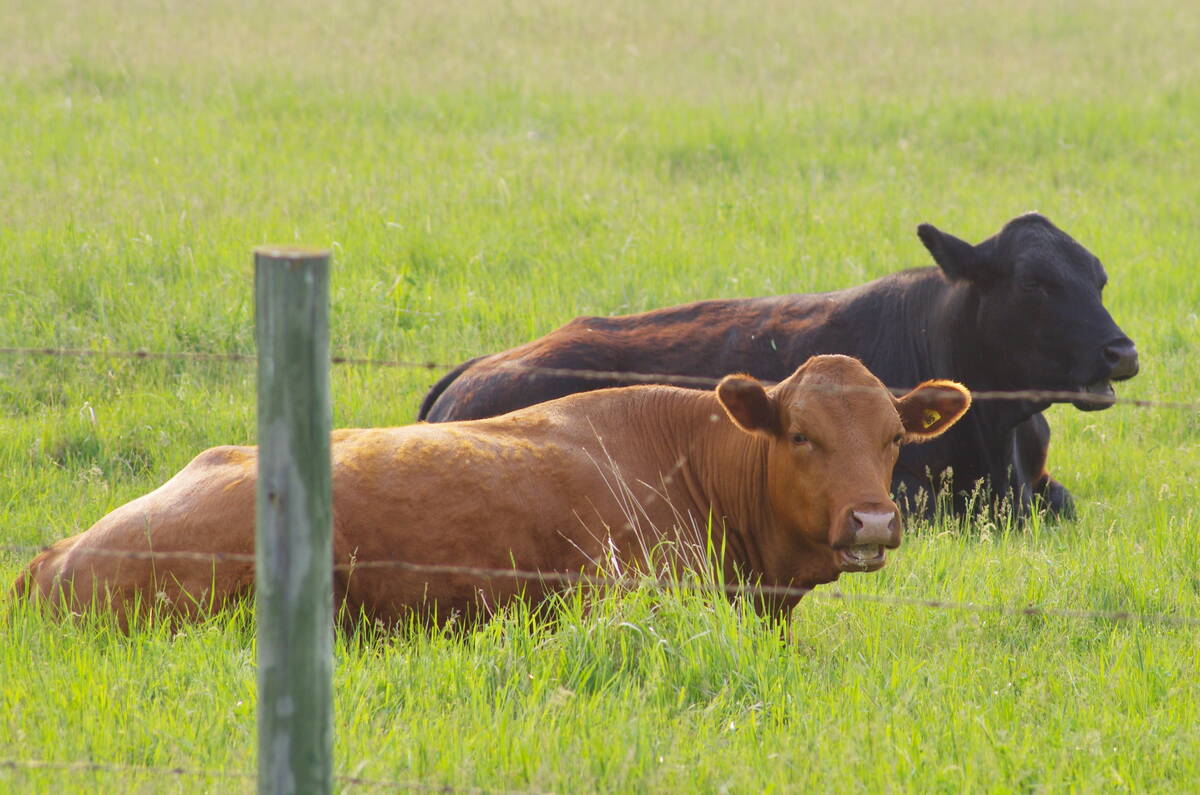
The issue has, however, already gained steam in other meat sectors, who point to incoming voluntary country-of-origin-labelling in January. While limited to products that want to tout themselves as “Product of USA” or “Made in the USA,” Canada’s pork producers have argued that the coming vCOOL will have the same segregation issues that put Canadian animals at a disadvantage under its mandatory predecessor.
Producers are also being encouraged to look into livestock price insurance to hedge against sudden market drops, despite the improvements that beef producers say the program needs.
“We’ve been advocating for years, and will continue to advocate, for a cost-share funding on this premium,” Callum said, as one example.
Crown land policy and rent freeze concerns
Crown land lease reform remains another flashpoint, with producers recently being asked for feedback on allocation rules and lease renewal rights through a provincial consultation.
The province announced in early October that it would extend its rental rate freeze on grazing and forage leases into the next growing season, keeping rates at $3.66 per animal unit month, the lowest in Western Canada.
Callum welcomed the rent freeze to 2026, but warned of what could happen when it’s lifted.
“My main concern … is how big of a shock to the system it will be for cost of production for producers that utilize a lot of Crown lands,” he said.
Disease risk and wildlife pressure
Manitoba herds have also been pulled into bovine tuberculosis investigations from Saskatchewan cases, as well as one Manitoba dairy herd testing positive this year.
In mid-June, the Canadian Food Inspection Agency confirmed a bovine tuberculosis infection in a seven-year-old dairy cow from a farm in the Pembina Valley region of south-central Manitoba. Samples taken at the abattoir tested positive for the bacteria on June 9, with confirmation coming June 13.
Officials traced the animal back to its herd through the DairyTrace traceability program and quarantined the farm pending further testing and depopulation. The case marked the first bovine tuberculosis detection in Canada outside Saskatchewan since 2018.
“If you do get impacted, whether you’re going to have to go through testing or full quarantine, reach out to our organization,” Callum said. “It can be a stressful time.”
On the wildlife front, rising elk populations are damaging fences and feed supplies across the province.
“The increase in elk population, the damage these herds are causing on cattle operations, is becoming very concerning,” Callum said, calling for updated surveys and strong discussions with government officials.


